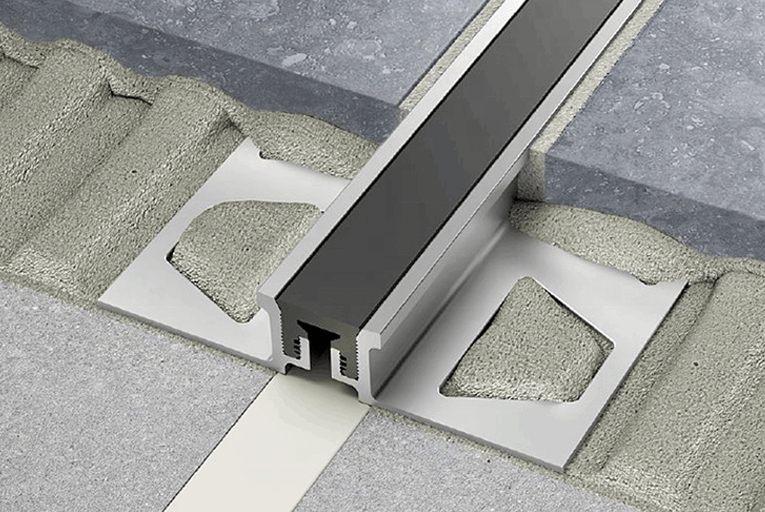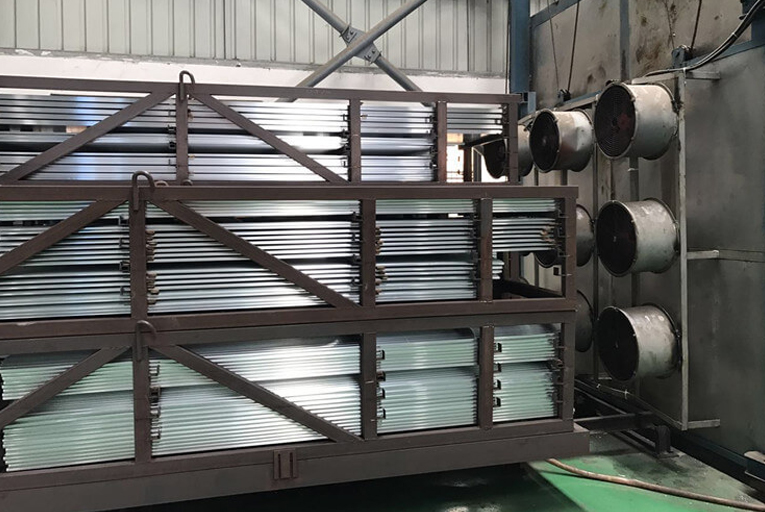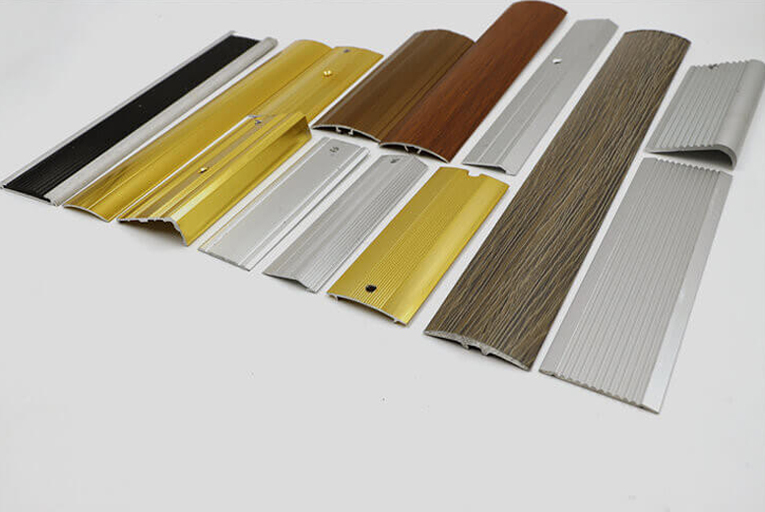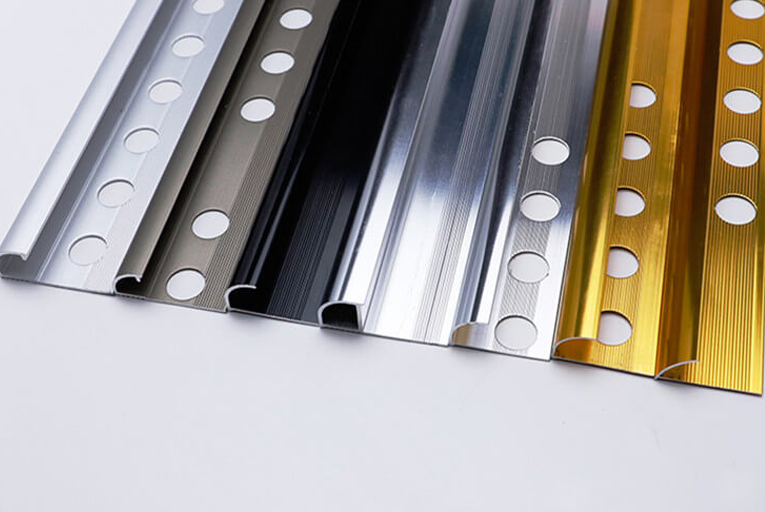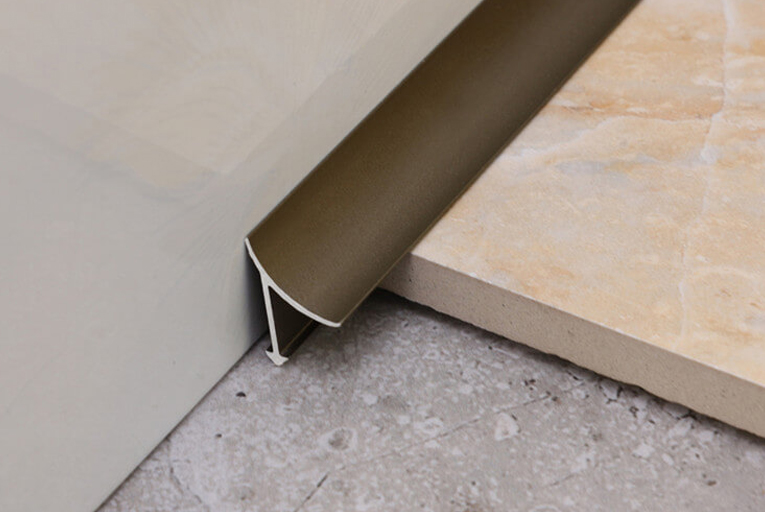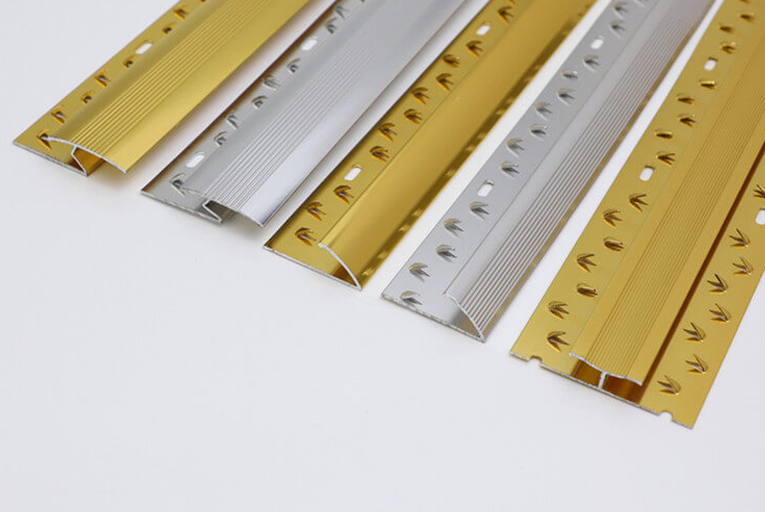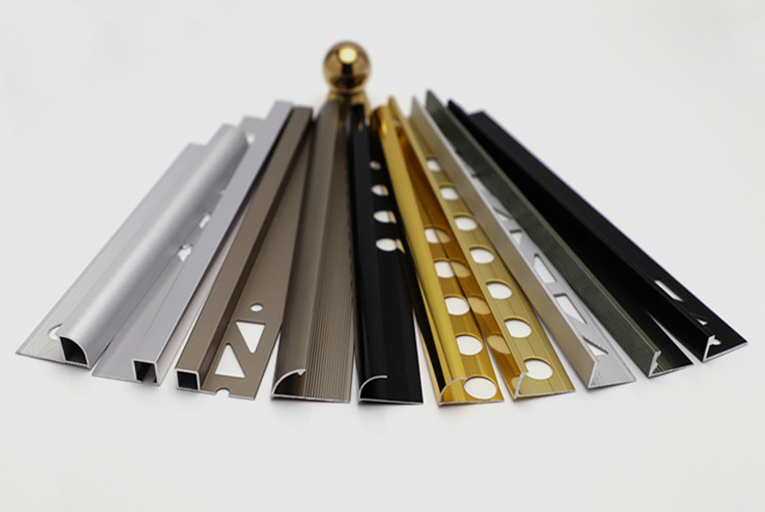The Evolution of Ceramic Tile Trim Profiles- From Traditional to Modern
Ceramic tile trim profiles have undergone a significant evolution, from the traditional to the modern, to meet changing design trends and functional requirements. This article aims to provide a comprehensive overview of this transformation, exploring the key aspects of material, design, and technology that have shaped the development of ceramic tile trim profiles.
Material Advancements
Traditionally, ceramic tile trim profiles were made from materials such as terracotta, marble, and granite. However, the advent of new production techniques and advancements in material composition have introduced a wider range of options, including glazed porcelain, polished porcelain, and engineered stone. These materials offer enhanced durability, resistance to wear and tear, and a greater variety of surface finishes, allowing for more creative and customized designs.
Design Transformation
The evolution of ceramic tile trim profiles has not only been confined to material advancements but has also witnessed a significant shift in design aesthetics. From the classic bullnose and quarter-round profiles, designers now have access to a vast array of shapes and styles, including pencil liners, cove bases, and listellos. These profiles provide greater flexibility in creating transitions, borders, and accent pieces, allowing for more intricate and artistic designs.
Technological Innovations
Advances in manufacturing technology have played a vital role in shaping the evolution of ceramic tile trim profiles. Computer-aided design (CAD) and computer-aided manufacturing (CAM) have enabled the production of custom-shaped profiles with precise dimensions and intricate details. Additionally, the introduction of digital printing technology has allowed for the creation of decorative profiles with vibrant patterns, textures, and graphics, expanding the range of design possibilities.
Functional Enhancements
Beyond aesthetic considerations, the evolution of ceramic tile trim profiles has also focused on enhancing their functionality. Modern profiles incorporate features such as anti-slip surfaces for improved safety in wet areas, perimeter channels for lighting integration, and concealed cable channels for a clean and organized appearance. These functional enhancements not only enhance the practical aspects of tile installations but also contribute to the overall aesthetic appeal.
Environmental Sustainability
In recent years, there has been a growing emphasis on environmental sustainability in the building industry. Ceramic tile trim profiles have responded to this trend by embracing eco-friendly production methods and incorporating sustainable materials. Recycled content, low-VOC adhesives, and energy-efficient manufacturing processes are increasingly adopted to minimize environmental impact and promote sustainable construction practices.
Conclusion
The evolution of ceramic tile trim profiles has been driven by a confluence of factors, including material advancements, design transformations, technological innovations, functional enhancements, and environmental sustainability. As the industry continues to evolve, we can expect even more innovative and versatile trim profiles that seamlessly integrate form and function, creating aesthetically pleasing and durable tile installations for years to come.
-
Difference Between Sandblasting and Anodizing Surface Treatment of Aluminum Tile Trim
2022-02-09 -
The Different Uses of Tile Outside Corner Edging Trim and Inside Corner Edging Trim
2022-02-09 -
The Most Popular 5 Different Materials of Tile Trim Line
2022-02-09 -
What is Carpet Cover Trim?
2022-02-09 -
The 6 Hottest Tile Trim Solutions for 2021
2022-02-09 -
How to Install Tile Trims Line?
2022-02-09
